|
|
In a digital-first business environment, companies must leverage Customer Relationship Management (CRM) systems to optimize customer engagement, improve operational efficiency, and drive revenue growth. Salesforce CRM is a powerful tool that allows businesses to centralize customer data, automate workflows, and gain valuable insights through AI-driven analytics. However, implementing Salesforce is a complex process that requires strategic planning, proper system configuration, seamless data migration, and continuous optimization.
A poorly executed Salesforce implementation can lead to low user adoption, inefficient workflows, and underutilized features, ultimately limiting the CRM’s impact. Businesses that take the time to customize Salesforce according to their specific needs, train employees for effective usage, and integrate it with existing tools can maximize customer relationship management, improve team productivity, and increase profitability.
With insights from WiFi Digital, a leader in Salesforce CRM implementation and optimization, this guide provides a step-by-step approach to deploying Salesforce successfully. From defining objectives and selecting the right edition to leveraging automation and ensuring ongoing optimization, businesses will learn how to make Salesforce an integral part of their growth strategy.
Defining CRM Goals and Business Requirements
The first and most crucial step in Salesforce implementation is defining clear business goals and CRM requirements. Many organizations fail to align their CRM strategy with actual business needs, leading to low user engagement and inefficient workflows. Without a structured roadmap, Salesforce can become a complicated tool with unused features, rather than a transformative solution for sales, marketing, and customer service teams.
Businesses should begin by identifying the specific challenges they want to solve with Salesforce. Common objectives include streamlining sales pipelines, improving lead nurturing, automating marketing campaigns, and enhancing customer support. If the goal is sales optimization, the CRM should be configured to provide real-time lead tracking, AI-powered forecasting, and automated follow-ups. For marketing, Salesforce can help segment customers, personalize outreach, and track campaign performance across multiple channels. In customer service, Salesforce allows teams to manage support tickets, automate responses, and create self-service knowledge bases for improved efficiency.
Once the business objectives are defined, companies must determine key performance indicators (KPIs) to measure CRM success. These could include lead conversion rates, customer retention rates, response times, and revenue growth from CRM-driven campaigns. Establishing measurable KPIs ensures that Salesforce is implemented with a clear direction and measurable impact.
Additionally, understanding who will use Salesforce and how it fits into daily operations is essential. Sales teams, marketing professionals, customer service representatives, and leadership teams will all interact with Salesforce differently. A well-defined user hierarchy and permission levels will ensure that each team has access to the tools and insights they need without overwhelming them with unnecessary features.
By taking the time to define business goals and CRM requirements, organizations set a strong foundation for a successful Salesforce implementation that delivers real value, improves team efficiency, and contributes to business growth.
Customizing Salesforce to Fit Business Needs
Choosing the right Salesforce edition and customization approach is critical for ensuring that the CRM aligns with business processes and industry-specific demands. Salesforce offers multiple editions, each designed to meet different business needs. Salesforce Essentials is ideal for small businesses looking for basic CRM features, while Salesforce Enterprise and Unlimited are suited for large organizations that require complex automation, AI-driven insights, and multi-team collaboration. Selecting the wrong edition can result in feature limitations or unnecessary costs, making it crucial to assess requirements before making a decision.
Beyond choosing the right edition, businesses need to configure custom objects, fields, and automation rules to maximize efficiency. Salesforce allows companies to create custom dashboards tailored to sales, marketing, and service operations, ensuring that each team gets real-time insights relevant to their roles. Automated workflows streamline repetitive tasks, enabling lead assignments, opportunity tracking, and approval processes to run without manual intervention.
Integration with third-party applications further enhances Salesforce’s functionality. Businesses that rely on ERP systems, email marketing tools, or e-commerce platforms should ensure that Salesforce integrates seamlessly with these platforms to maintain data consistency and streamline cross-departmental workflows. Salesforce AppExchange offers thousands of integrations that allow companies to expand CRM capabilities with AI-powered analytics, communication tools, and financial management solutions.
Another critical aspect of customization is user role configuration and access control. Different teams have varying needs when it comes to data access, reporting, and automation functionalities. By setting up role-based permissions, companies can ensure that sensitive customer data is only accessible to authorized personnel, improving data security and compliance.
By customizing Salesforce to fit unique business needs, companies can build a CRM environment that supports efficiency, productivity, and customer-centric operations. This ensures that Salesforce becomes an indispensable tool for business growth, rather than a complex system with underutilized features.
Executing a Smooth Data Migration Strategy
One of the most challenging aspects of Salesforce implementation is migrating data from legacy systems while ensuring data accuracy, completeness, and security. A poorly executed data migration can result in duplicate records, missing customer details, and inconsistencies, which ultimately undermine CRM effectiveness. Businesses must develop a structured migration plan that ensures a seamless transition with minimal data loss or corruption.
The first step in CRM data migration is conducting a comprehensive data audit. This involves identifying duplicate entries, outdated records, and incomplete data fields that need to be cleaned before the migration. Data standardization is crucial to ensure that all customer information follows consistent formatting, making it easier to analyze and manage in Salesforce.
Once the data is cleaned and standardized, businesses need to map their legacy CRM fields to Salesforce’s data structure. This ensures that customer profiles, sales transactions, and communication history are properly categorized in Salesforce. Using tools like Salesforce Data Loader, businesses can migrate large data sets efficiently while maintaining data integrity. A test migration is recommended before executing a full-scale transition to identify and resolve potential errors.
Post-migration, it’s essential to validate the data and ensure that all records are correctly imported into Salesforce. Businesses should verify that customer details, historical sales data, and past interactions are accurate and accessible within the CRM. Running automated deduplication scripts can help remove any redundant entries that may have been overlooked during the initial audit.
Additionally, ensuring integration with external systems—such as email platforms, sales automation tools, and ERP solutions—is critical to maintaining data consistency across all departments. A seamless data migration strategy guarantees that Salesforce CRM is fully operational from day one, providing teams with accurate, organized, and actionable customer insights.
By executing a structured data migration plan, businesses eliminate data discrepancies, improve workflow efficiency, and ensure a smooth transition to Salesforce. This enhances CRM usability, allowing teams to focus on customer relationships and revenue growth, rather than data management challenges.
Automating Workflows and Leveraging AI-Powered Insights
One of the biggest advantages of Salesforce CRM is its ability to automate workflows and leverage AI-driven insights to enhance business efficiency. Without automation, many businesses struggle with time-consuming manual processes, slow response times, and disjointed customer interactions. Implementing intelligent automation ensures that lead management, customer follow-ups, and sales forecasting happen seamlessly, allowing teams to focus on strategic decision-making rather than repetitive administrative tasks.
Salesforce offers powerful automation tools such as Salesforce Flow, Process Builder, and Workflow Rules, which allow businesses to create customized workflows tailored to their unique needs. For example, a sales team can set up an automated lead nurturing sequence that assigns prospects to the appropriate representative based on geographic location, purchase history, or engagement level. When a high-intent lead engages with a marketing campaign, Salesforce can trigger an automatic follow-up email or task assignment, ensuring that no opportunity slips through the cracks.
Beyond automation, Salesforce Einstein AI provides predictive analytics that help businesses make data-driven decisions. Einstein analyzes customer behavior, historical sales trends, and market conditions to forecast which leads are most likely to convert. By scoring leads based on engagement metrics, purchasing history, and demographic data, sales teams can prioritize high-value prospects and improve their closing rates.
AI-powered chatbots and virtual assistants within Salesforce enhance customer service capabilities by handling routine inquiries, resolving common issues, and scheduling appointments without human intervention. Einstein Bots can provide instant responses to customer queries, reducing customer support wait times and improving overall satisfaction. For businesses that operate in multiple time zones or manage large volumes of inquiries, AI-driven customer interactions ensure that customers receive real-time assistance 24/7.
Salesforce automation also extends to marketing workflows, allowing businesses to deliver personalized campaigns at scale. Instead of sending generic email blasts, Salesforce’s AI-driven segmentation allows marketers to target specific customer groups based on past interactions, purchasing behaviors, and engagement patterns. A company can create automated email sequences that nurture leads through the sales funnel, adjusting messaging dynamically based on customer responses and activity.
The benefits of automating workflows and leveraging AI-driven insights extend beyond efficiency; they enable businesses to reduce costs, increase sales productivity, and enhance customer experiences. By eliminating manual inefficiencies and enabling predictive intelligence, Salesforce helps companies maintain a competitive edge in today’s fast-paced market.
Driving User Adoption and Continuous Optimization
A successful Salesforce implementation is not just about technology—it also requires strong user adoption and continuous optimization. Many businesses face challenges with low employee engagement, as teams may resist change due to lack of training, unfamiliar workflows, or the complexity of the CRM system. Ensuring that employees fully embrace Salesforce is key to unlocking its full potential and achieving long-term business growth.
One of the most effective ways to encourage user adoption is through role-based training programs. Instead of generic onboarding sessions, businesses should tailor training based on each team’s specific CRM interactions. Sales teams, for example, need to focus on pipeline management, lead tracking, and opportunity forecasting, while marketing teams should be trained on campaign automation, segmentation, and customer engagement analytics. Customer service representatives, on the other hand, must understand ticket management, chatbot integrations, and service-level tracking.
Providing hands-on practice through Salesforce sandbox environments allows employees to experiment with features in a risk-free setting before transitioning to live operations. Interactive training modules, video tutorials, and step-by-step guides can enhance learning and improve retention, making the onboarding process more engaging. Live Q&A sessions and ongoing support ensure that employees feel comfortable using Salesforce and can ask questions as they encounter challenges.
Beyond initial training, businesses should focus on long-term user engagement strategies to maintain high adoption rates. One effective method is gamification, where teams earn points or rewards for achieving specific milestones within Salesforce. By implementing leaderboards, recognition programs, and achievement badges, businesses can create a culture of CRM engagement and continuous improvement.
Monitoring user adoption through performance analytics is also crucial. Salesforce provides built-in tracking tools that allow administrators to measure how frequently employees log in, update records, and complete assigned tasks. If adoption rates are low, businesses can adjust their strategy by providing additional coaching, simplifying workflows, or implementing feature enhancements based on user feedback.
Continuous optimization is just as important as initial adoption. Regular system audits, performance reviews, and feedback loops help businesses refine their Salesforce setup to align with evolving business goals. As companies grow, their CRM requirements may change, requiring updates to custom objects, automation rules, and integrations.
By prioritizing user adoption and ongoing optimization, businesses ensure that Salesforce remains a central part of their success strategy, empowering teams with the tools and insights they need to thrive. A well-integrated, fully utilized CRM system leads to greater efficiency, improved customer experiences, and sustained business growth.
Implementing Salesforce CRM is a transformative step for businesses looking to optimize customer relationships, sales performance, and data-driven decision-making. However, a successful deployment requires strategic planning, seamless data migration, workflow automation, and continuous user engagement to unlock its full potential. Companies that fail to structure their Salesforce implementation risk low adoption rates, inefficient processes, and underutilized CRM capabilities.
By defining clear business objectives, selecting the right edition, customizing workflows, and integrating automation, businesses can create a high-performing CRM system tailored to their specific needs. The power of AI-driven insights, predictive analytics, and marketing automation further enhances Salesforce’s ability to increase efficiency, improve conversion rates, and personalize customer interactions at scale.
Ensuring strong user adoption and continuous optimization is equally critical. By providing role-based training, gamification strategies, and ongoing CRM enhancements, businesses can maximize team productivity and long-term ROI. Regular performance audits, data quality checks, and system refinements will keep Salesforce aligned with business growth and market demands.
With WiFi Digital’s expertise in Salesforce CRM implementation and optimization, companies can develop scalable, data-driven CRM strategies that fuel customer engagement, revenue growth, and operational success. Now is the time to invest in a structured Salesforce approach, streamline business processes, and leverage AI-powered automation to drive future success. 🚀
WiFi Digital: Connecting Businesses to the Digital Future
In today’s fast-paced world, where a strong digital presence is essential for business growth, WiFi Digital emerges as a strategic partner for small and medium-sized businesses (SMBs). Founded in 2023 and based in London, Ontario, the company has a clear mission: to provide affordable, high-quality solutions that help businesses thrive online. With an experienced and passionate team, WiFi Digital goes beyond simply creating websites and marketing strategies. Its purpose is to empower entrepreneurs, strengthen brands, and give clients more free time to focus on what truly matters – growing their business and improving their quality of life.
WiFi Digital develops websites that authentically and professionally represent your brand, optimizes systems and digital marketing strategies to enhance visibility and return on investment (ROI), and offers affordable, customized solutions, ensuring that businesses of all sizes have access to effective growth tools. With transparency, partnership, and innovation, the company provides each client with the necessary support to achieve real results.
Business digitalization is not just about numbers or metrics. It directly impacts entrepreneurs’ well-being, bringing more organization, efficiency, and freedom to focus on what truly matters. WiFi Digital understands that by investing in digital solutions, businesses gain time, reduce operational stress, and create opportunities to connect better with their customers. A well-structured online presence not only increases sales but also strengthens the public’s trust in the brand.
Beyond technical expertise, WiFi Digital’s key differentiator is its commitment to people. The company values genuine relationships, creates tailored strategies, and works side by side with clients to ensure that every solution meets their specific needs. If you’re looking to boost your brand, attract more customers, and still have more time to focus on what truly matters, now is the time to act!
💡 Transform your digital presence with experts who understand your needs.
📩 Contact us now: contact@wifidigital.ca
🌍 Learn more: www.wifidigital.ca
🚀 Your growth starts here!




